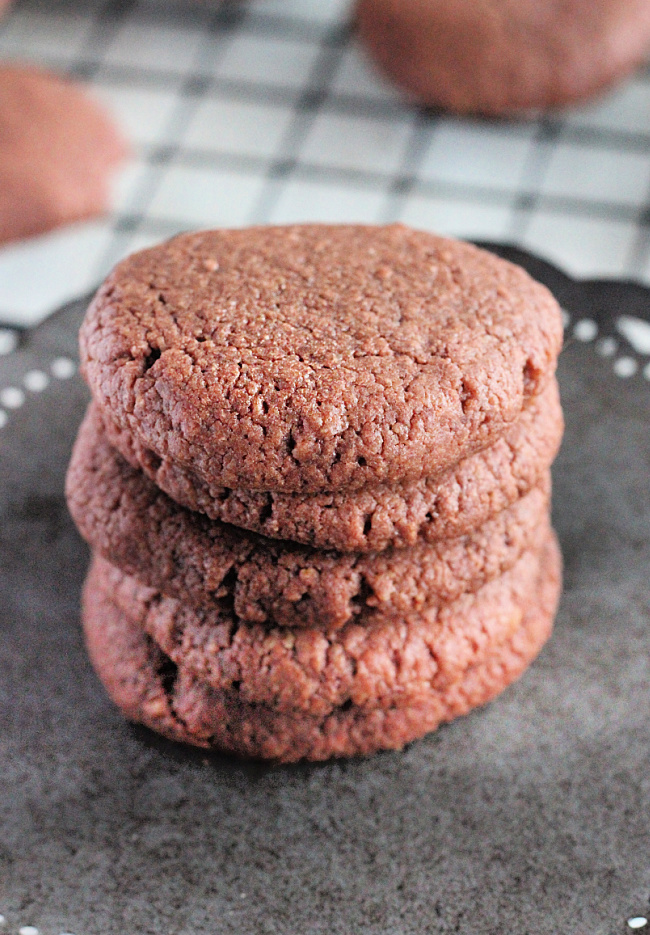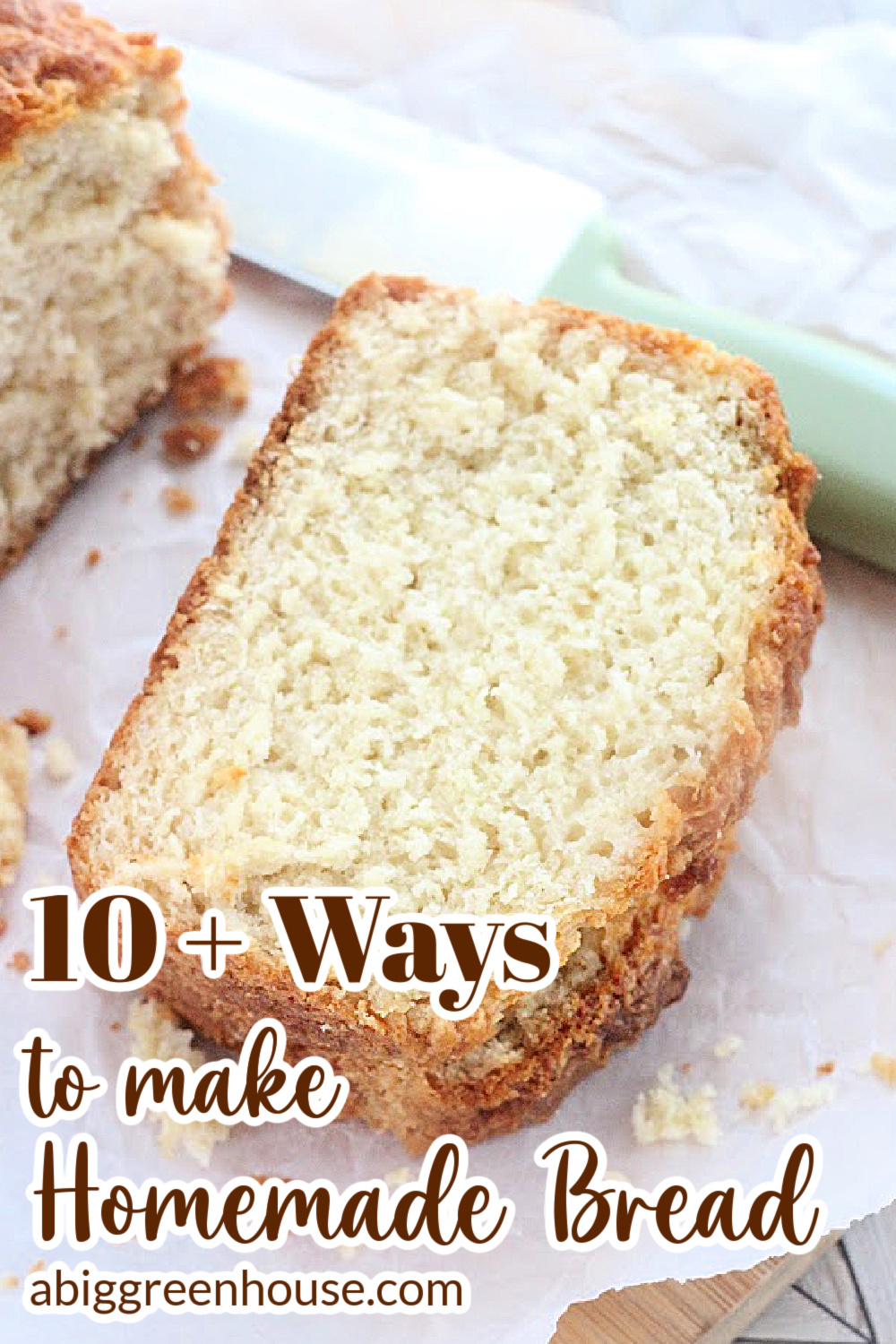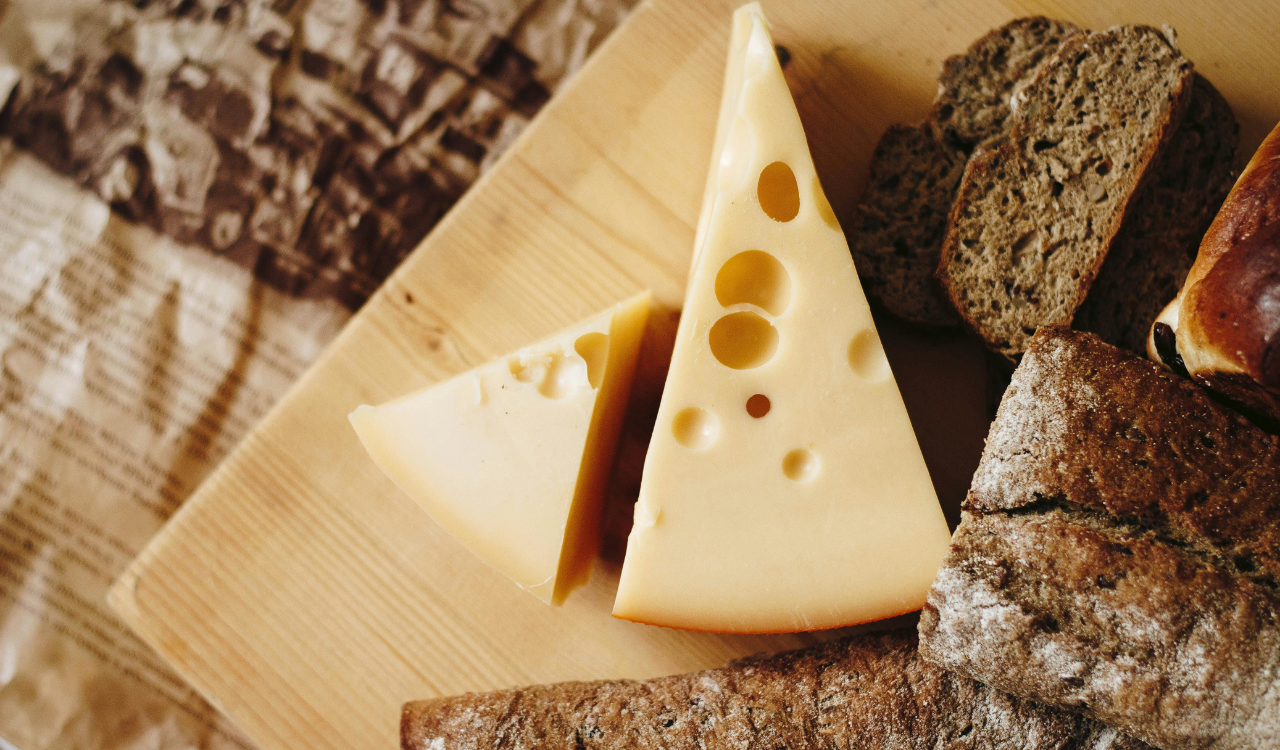11 Old-Fashioned Food Terms Southerners Still Use Today
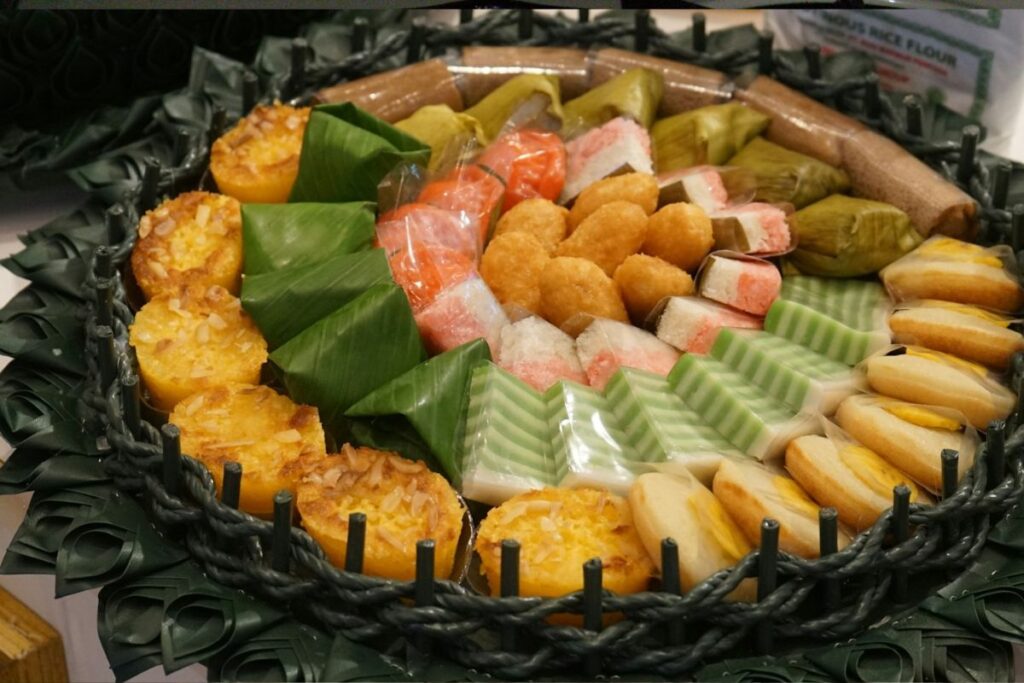
Southern food language holds centuries of memory and tradition. From farm fields to church suppers and family porches, words tied to food have carried meaning far beyond the kitchen. Some terms describe beloved recipes handed down through generations, while others point to humble ingredients or cooking methods rarely heard outside the region. Together, they form a vocabulary that connects past and present at every meal. Here are eleven old-fashioned food terms Southerners still use today, each with a story that continues to shape the table.
1. Cathead biscuit
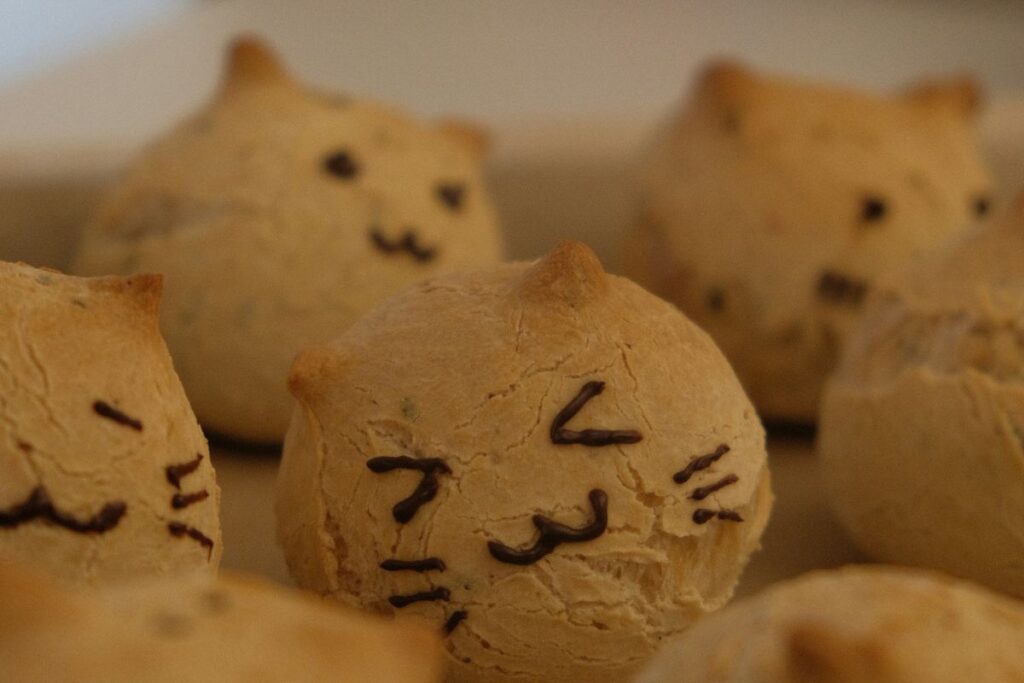
A cathead biscuit is a large, rustic biscuit named because it is roughly the size of a cat’s head. In Southern kitchens the term came to mean a generous, buttery offering rather than a small or fancy roll. These biscuits are thick, flaky, and full of flavor, usually made with plenty of fat and tangy buttermilk before being baked in a hot oven or seasoned cast-iron skillet. When someone asks for a cathead, they expect a hearty biscuit ready to split for sausage gravy, honey, or jam. The phrase still appears on diner menus and in treasured family cookbooks.
2. Grits
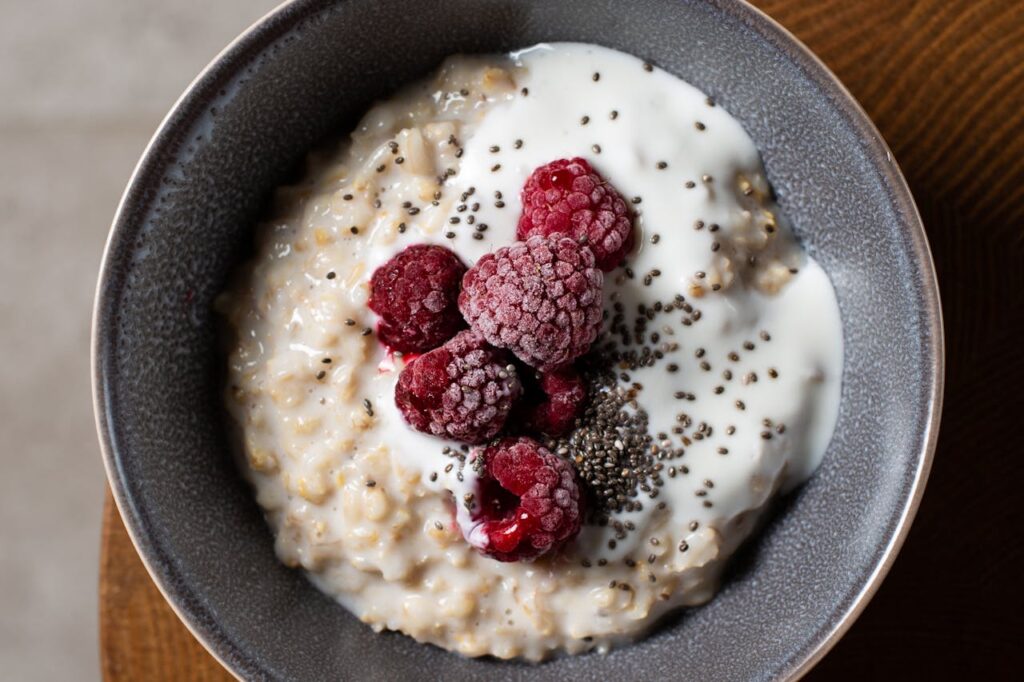
Grits are coarsely ground corn cooked into a warm, comforting porridge that has long been a Southern staple. Traditionally made from dent corn or hominy, grits were inexpensive, filling, and easy to adapt, served sweet with sugar, savory with cheese, or as the base for shrimp and gravy. The word itself carries cultural weight, as grits can be both everyday breakfast and celebratory side dish. Today they also appear on upscale menus in creamy, polished forms, yet the classic buttery bowl remains a symbol of true Southern comfort.
3. Chitlins (chitterlings)
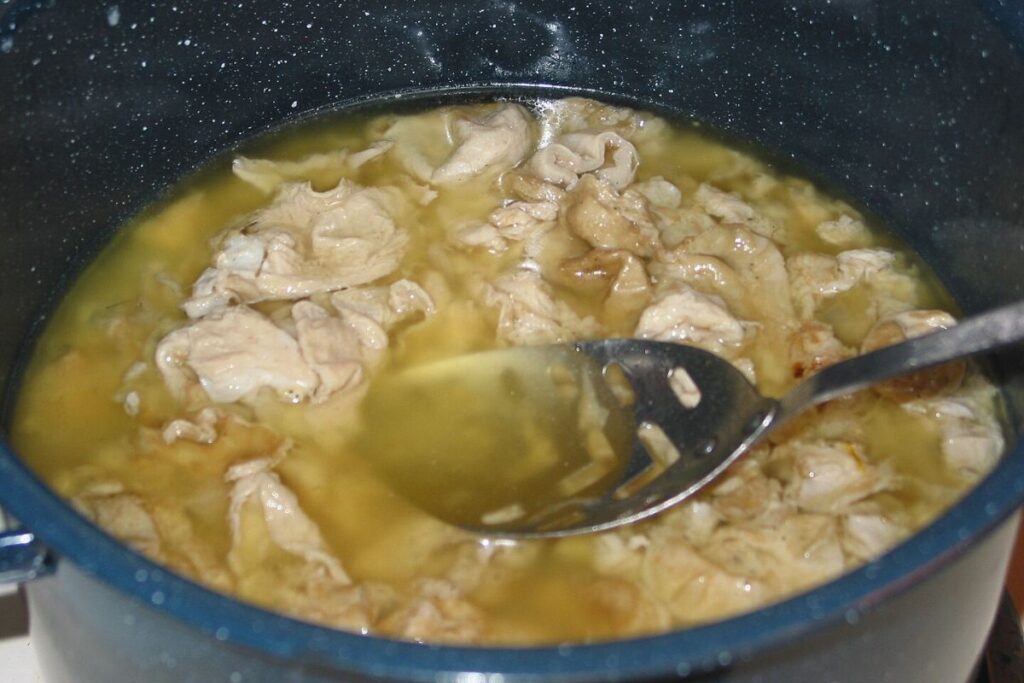
Chitlins, short for chitterlings, are cleaned, boiled, or fried pig intestines once common in resourceful Southern cookery. The dish has deep roots in African American culinary tradition born of necessity and ingenuity during and after slavery. Chitlins were prepared for holidays and communal meals despite an acquired flavor profile and distinctive aroma. Today perceptions vary by generation and region: some households still keep the recipe alive, while others remember chitlins more as cultural history than daily fare.
4. Buttermilk
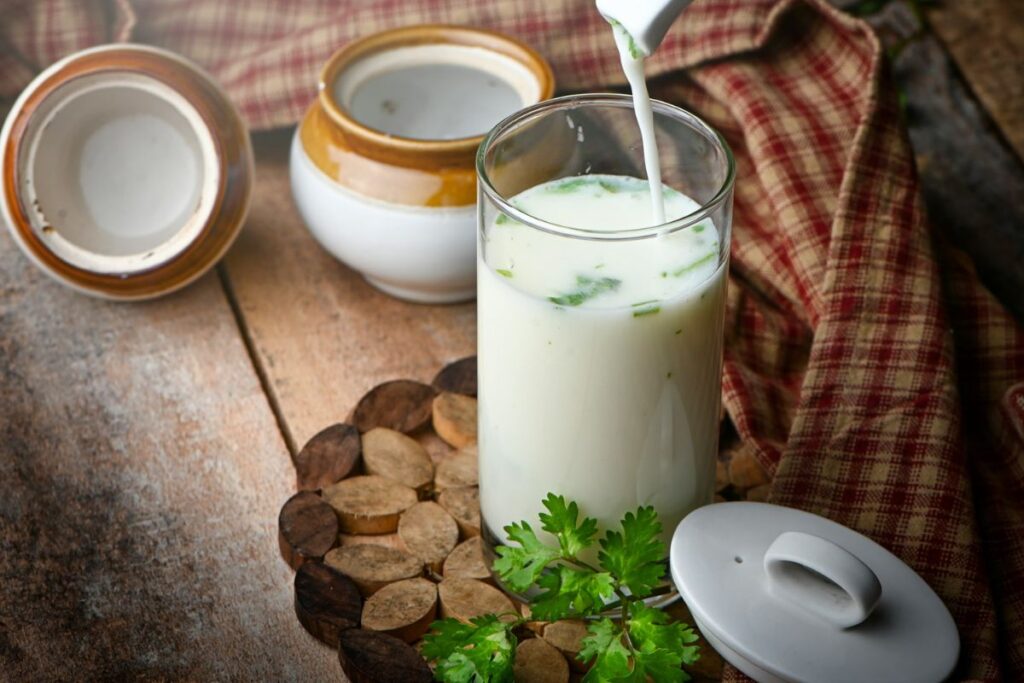
Buttermilk once began as the tangy liquid left after churning butter, and it quickly became a cornerstone of Southern cooking. Its acidity tenderized dough, added flavor, and reacted with leavening to create fluffy biscuits, pancakes, and crisp fried chicken batters. Over time, churned buttermilk gave way to store-bought cultured versions, but the word itself never lost importance. Phrases like “buttermilk biscuits” or “buttermilk fried chicken” still signal a homemade, old-fashioned preparation, keeping the tradition alive in kitchens and family recipes.
5. Poke sallet (poke salad)
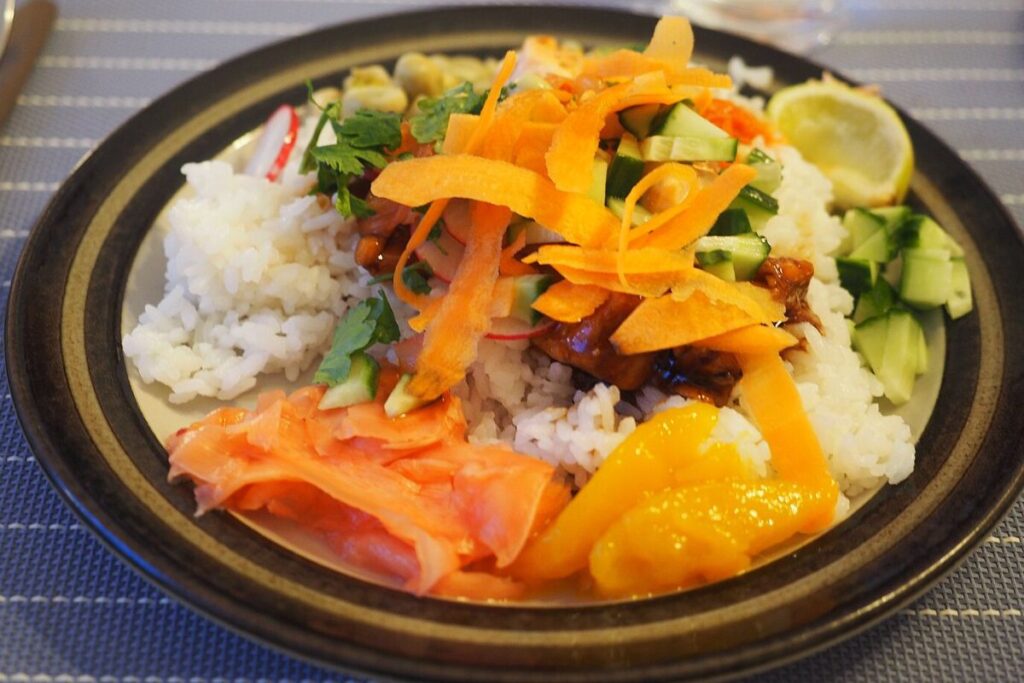
Poke sallet, sometimes called poke salad, refers to the young leaves of pokeweed, a wild green once foraged across the South. Because the plant is naturally toxic, cooks carefully boiled the leaves multiple times to make them safe to eat, creating a dish with an earthy flavor similar to other cooked greens. The word “sallet” is an old form of “salad” preserved in Southern speech. Today poke sallet represents a tradition of resilience and foraging knowledge, though many younger cooks prefer safer greens while the lore remains alive.
6. Chow-chow
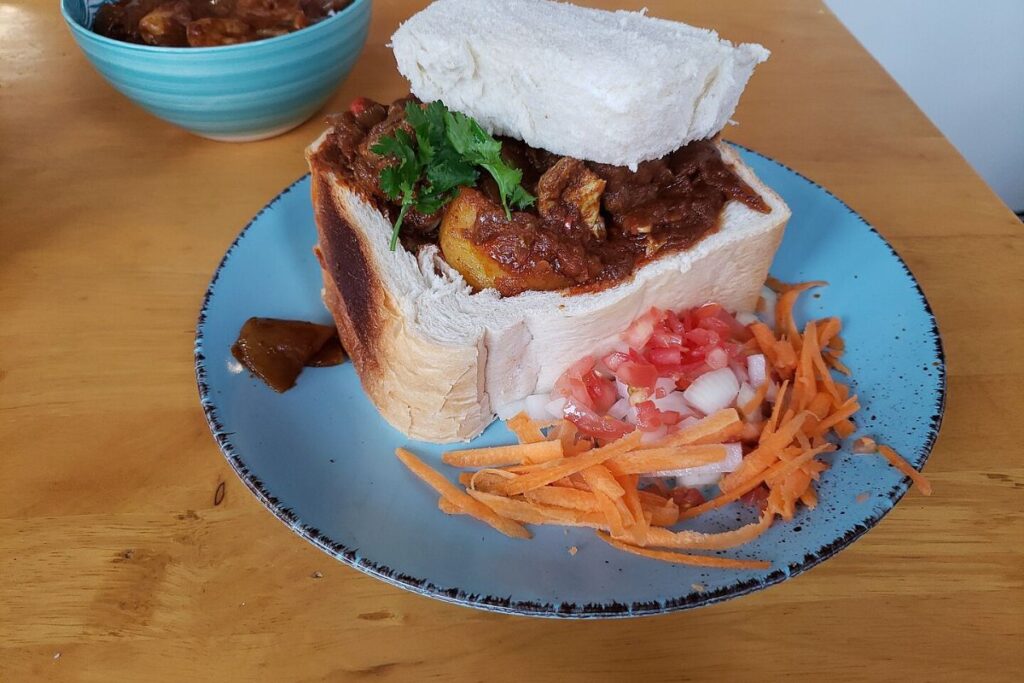
Chow-chow is a tangy relish made from chopped vegetables preserved with vinegar, mustard, and spices, giving it a sharp, bright flavor. Though its roots trace to Pennsylvania Dutch and Appalachian canning traditions, it spread across the South and took on regional variations. Families often serve chow-chow on pinto beans, barbecue sandwiches, or fried foods, where it adds color and zest. The term stands as both pantry staple and cultural marker, with homemade jars still sold at church fundraisers, roadside stands, and family gatherings.
7. Spoon bread
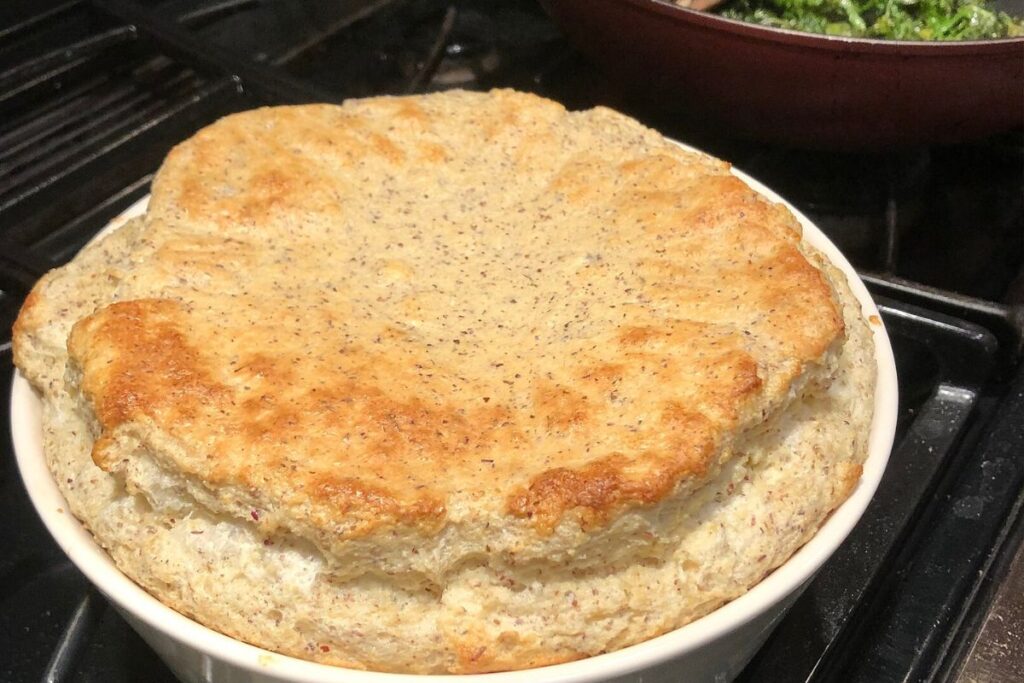
Spoon bread is a soft, spoonable cornmeal pudding that falls somewhere between cornbread and soufflé. Baked in a deep dish, it has a moist, custard-like texture that sets it apart from drier corn pone, making it perfect to serve warm alongside stews or roasted meats. Its name comes from the way it is eaten, scooped with spoons rather than cut into slices. A symbol of Southern corn-based cooking and home comfort, spoon bread still graces family tables and nostalgic restaurant menus, celebrated for its gentle texture and simple warmth.
8. Neckbones
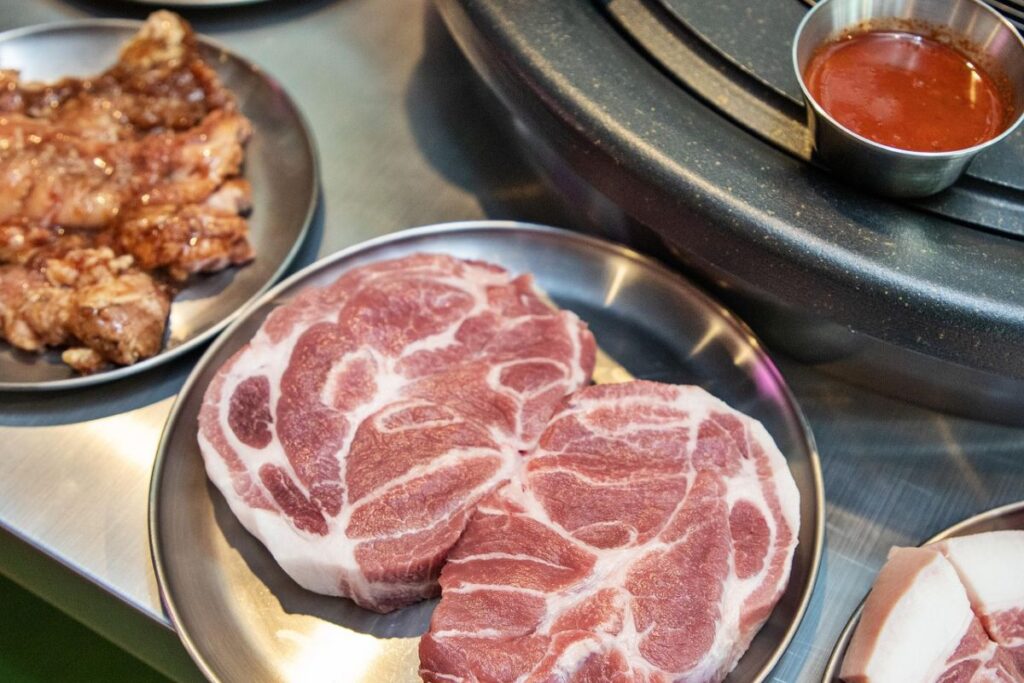
Neckbones are meaty, flavorful cuts from a pig’s neck that are slow-simmered until tender, creating a broth rich with depth. In many Southern kitchens they were considered prized economical cuts, stretching simple ingredients into hearty meals. Often cooked alongside collards, peas, or beans, neckbones transform a humble pot into something memorable. The word itself still appears in family recipes and Sunday dinners, where the dish continues to anchor stews and greens, valued as both comfort food and a reminder of resourceful Southern cooking traditions.
9. Skillet cornbread
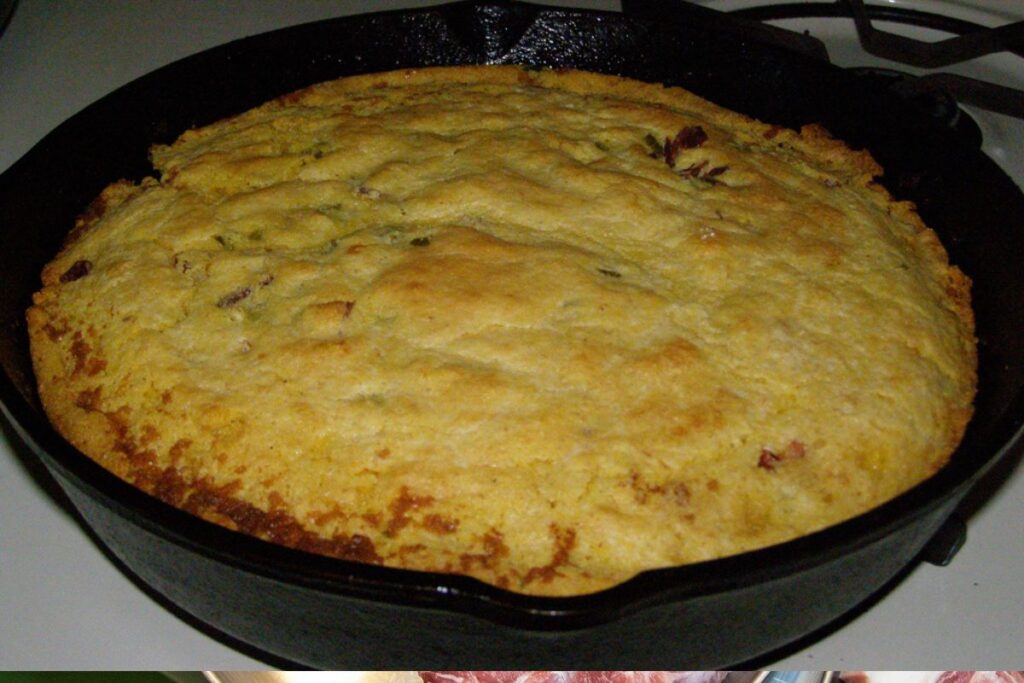
Skillet cornbread is a golden, crisp-edged bread baked in a well-heated cast-iron skillet, where hot fat in the pan forms a crunchy crust around a tender, cornmeal-rich center. In the South, this style of cornbread often replaced the sweeter bakery versions, becoming the traditional partner for beans, greens, and hearty stews. The word “skillet” signals both the method and the expected flavor. Today, many families treasure their seasoned skillets and recipes, keeping this time-honored technique alive for a classic Southern bite.
10. Sweet tea
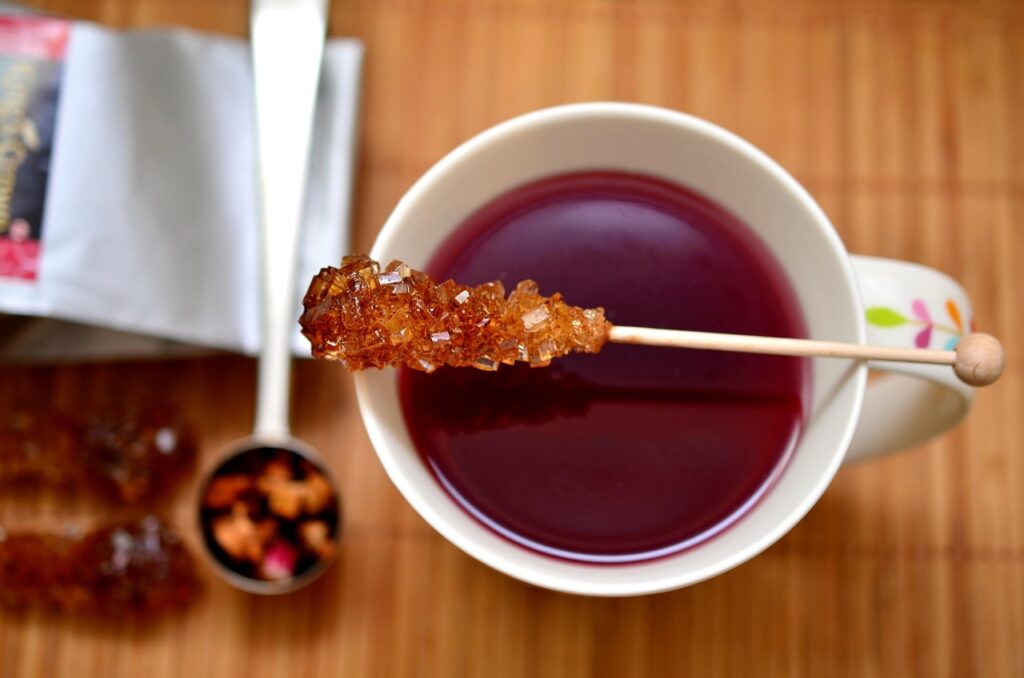
Sweet tea is one of the South’s most recognizable traditions, made by brewing black tea until strong, adding sugar while it is still hot, and then chilling it over ice. More than a drink, it is a symbol of welcome and hospitality, found at roadside diners, backyard barbecues, and church suppers alike. Asking for a glass of sweet tea suggests comfort and refreshment, whether on a porch in summer or at a family table. While variations with lemon, mint, or peach exist, the classic remains unapologetically sweet and unmistakably Southern.
11. Pea-shells (shelling peas)
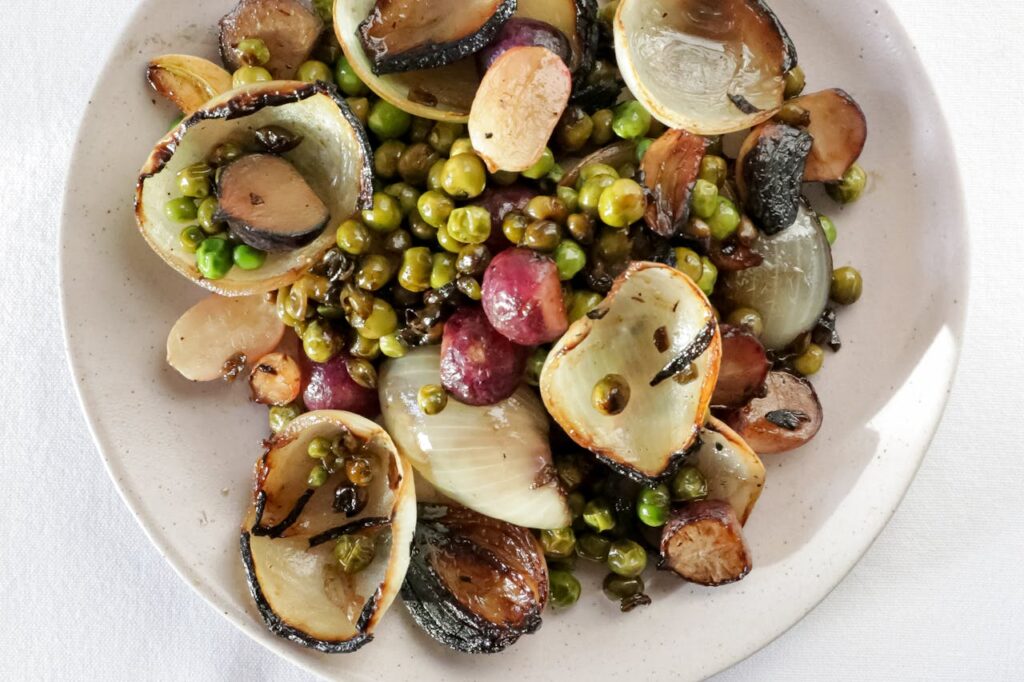
Pea-shells refers to fresh field peas, black-eyed peas, or crowder peas removed from their pods and simmered with simple seasonings like salt, fat, or a ham hock. Shelling peas was once a summer ritual, with families gathered on porches or around kitchen tables, swapping stories as bowls filled and the air carried the scent of fresh produce. The term reflects harvest traditions and the sense of community that shaped Southern foodways. Today peas remain prized in summer suppers and New Year’s meals, with pea-shells still spoken at markets and in family kitchens.
